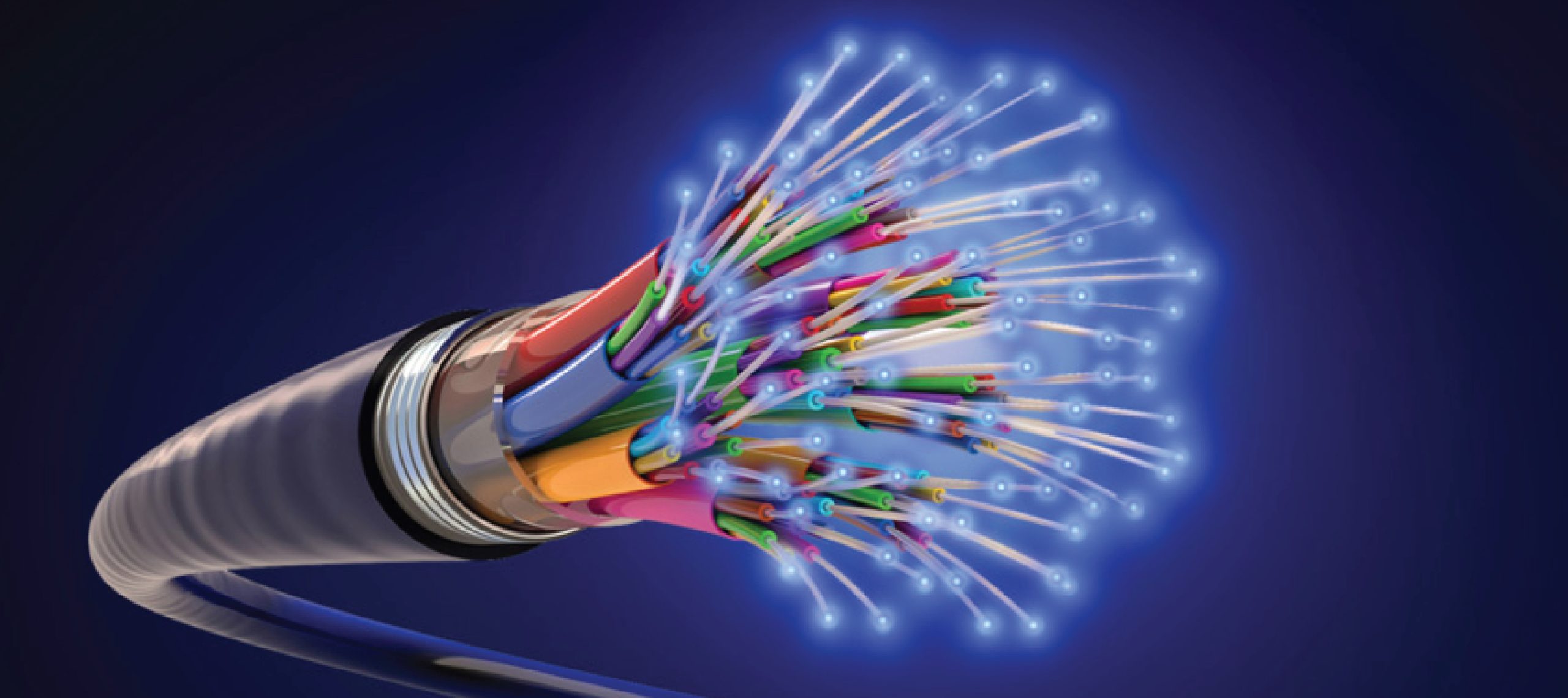
UNDERSTANDING FIBER OPTIC CABLING: A REVOLUTION IN CONNECTIVITY
Fiber optic cabling has emerged as the backbone of modern communication systems, offering superior speed and reliability compared to traditional copper cables. Unlike copper, which uses electrical signals to transmit data, fiber optics use light pulses to carry information, allowing for faster and more efficient data transfer over long distances.
How Fiber Optic Cabling Works
Fiber optic cables consist of three main components: the core, cladding, and protective coating. The core, made of glass or plastic fibers, transmits light signals. Surrounding the core is the cladding, which reflects the light back into the core, ensuring minimal signal loss. The protective coating shields the fibers from external damage.
Advantages of Fiber Optic Cabling
Speed: Fiber optics can transmit data at much higher speeds than copper cables, making it ideal for high-bandwidth applications like streaming, gaming, and video conferencing.
Distance: Fiber optics are capable of transmitting data over much longer distances without signal degradation, unlike copper wires which experience significant loss over distance.
Reliability: Fiber optic cables are less prone to interference from electromagnetic signals, ensuring a more stable and reliable connection.
Conclusion
Fiber optic cabling is revolutionizing the way we connect to the internet and other communication networks. With its exceptional speed, long-distance capability, and reliability, it has become the go-to solution for both residential and business internet connectivity. As demand for faster internet continues to grow, fiber optics will remain a crucial technology in the digital age.